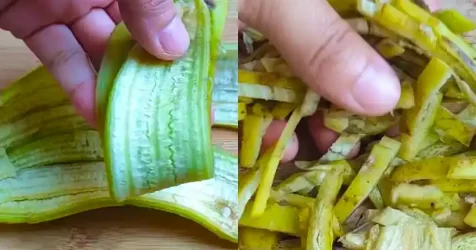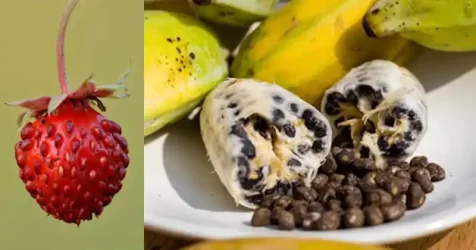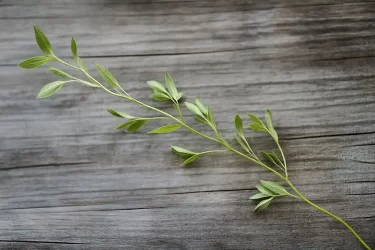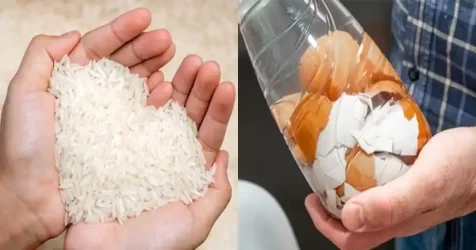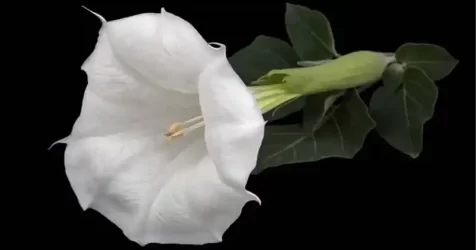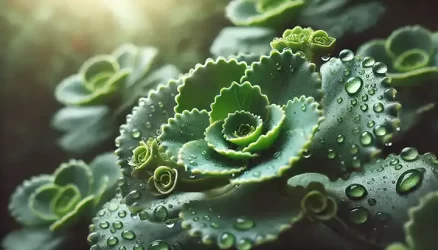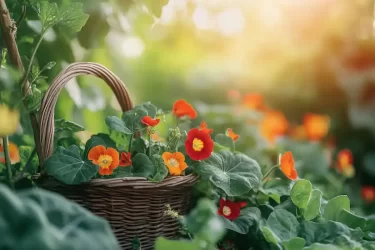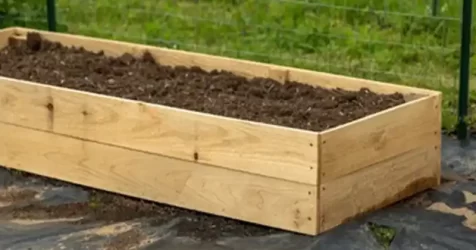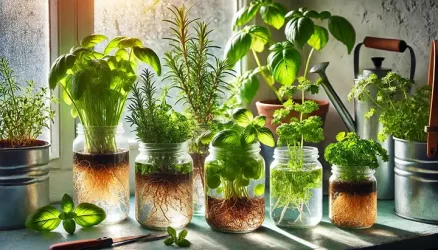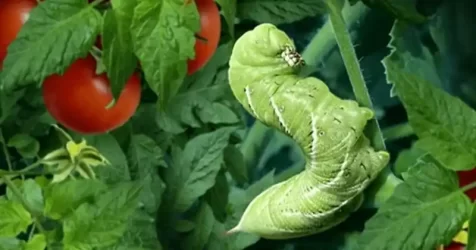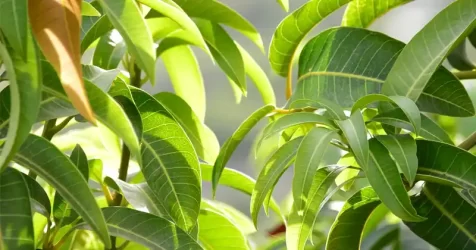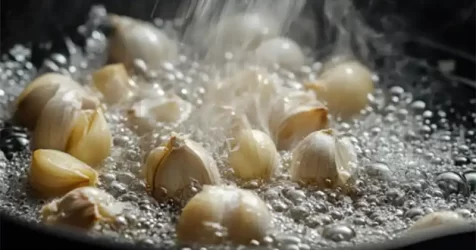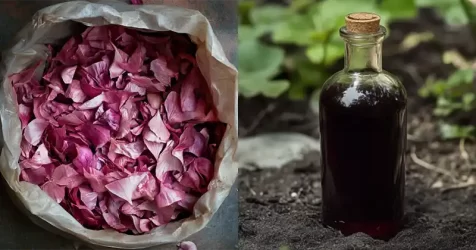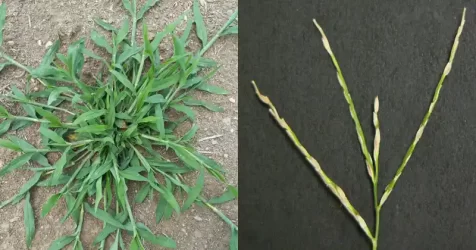What Vegetables Can You Grow in a Straw Bale Garden
Straw bale gardening offers an innovative and eco-friendly approach for growing vegetables, with numerous benefits for your garden. Here’s a comprehensive guide on the best vegetables to grow in straw bale gardens and why this method is advantageous.
Vegetables Suitable for Straw Bale Gardening:
- Tomatoes: Thrive well in straw bales, especially smaller varieties that are ideal for limited space.
- Garlic: A small crop that fits perfectly in straw bale gardens, yielding a decent harvest in a compact area.
- Chard: Ideal for straw bale gardens due to its compact growth and nutritional value.
- Basil, Cilantro, and Parsley: Herbs like basil, cilantro, and parsley grow well in straw bales, perfect for kitchen gardens.
- Cauliflower and Broccoli: Cooler temperature-loving plants that grow well in straw bales when planted at the right time.
- Cabbage: Prefers cooler temperatures and suitable for straw bale gardening.
- Beans: Bush beans are recommended over climbing beans for straw bale gardening.
- Squash: Both bush and vining varieties can be grown, with bush varieties being more manageable.
- Asian Greens: Quick-growing and suitable for spring or fall harvest in straw bale gardens.
- Eggplant: Well-suited for straw bale gardening, especially smaller varieties.
Benefits of Straw Bale Gardening:
- Accessibility: Ideal for those with physical impairments, as the height can be adjusted to reduce bending.
- High Yield: Can result in a 25% higher crop yield due to excellent root run and air circulation.
- Reduced Pests and Diseases: Taller bales reduce issues with slugs and other insects.
- Water Efficiency: Bales retain moisture well, requiring less frequent watering.
- Ease of Harvesting: Raised bales make harvesting easier and more accessible.
Getting Started:
- Choose Your Straw: Opt for straw bales from wheat, oats, barley, alfalfa, or rye. Ensure the straw hasn’t been treated with pesticides for organic gardening.
- Location: Place your bales in an area with at least six hours of direct sunlight per day and access to water.
- Conditioning the Bales: Prepare your bales by moistening and adding nitrogen-rich fertilizer to start the composting process.
- Planting: Create pockets in the straw for planting seeds or seedlings. Ensure proper spacing based on the vegetable type.
- Watering and Nutrient Management: Regularly water the bales and supplement with organic fertilizers like fish emulsion or compost tea.
Maintenance:
- Water Consistently: Straw bales dry out more quickly than soil, so regular watering is key.
- Monitor for Pests and Diseases: Keep an eye out for common vegetable pests and diseases.
- End-of-Season Care: At the end of the growing season, the straw can be used as mulch or composted, adding value to your garden soil.
Straw bale gardening is an excellent method for those with limited space, poor soil conditions, or physical limitations. It’s a sustainable, high-yield approach that can enrich your gardening experience and contribute positively to your garden ecosystem
Inspired by this? Share the article with your friends!